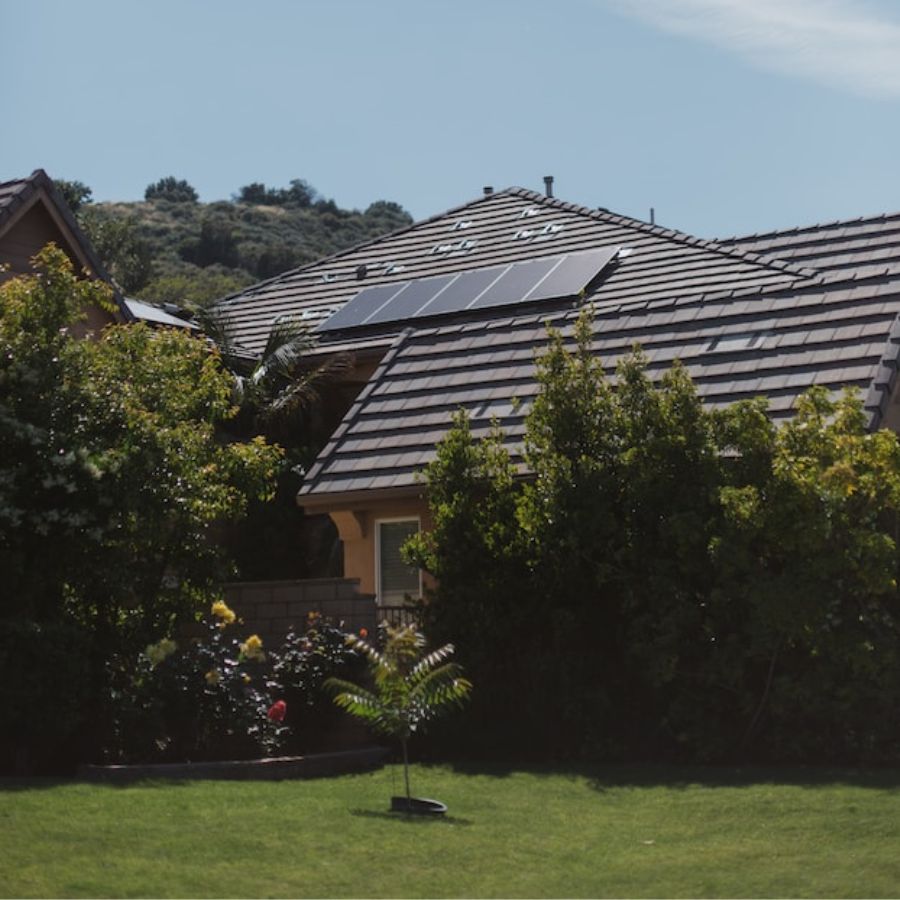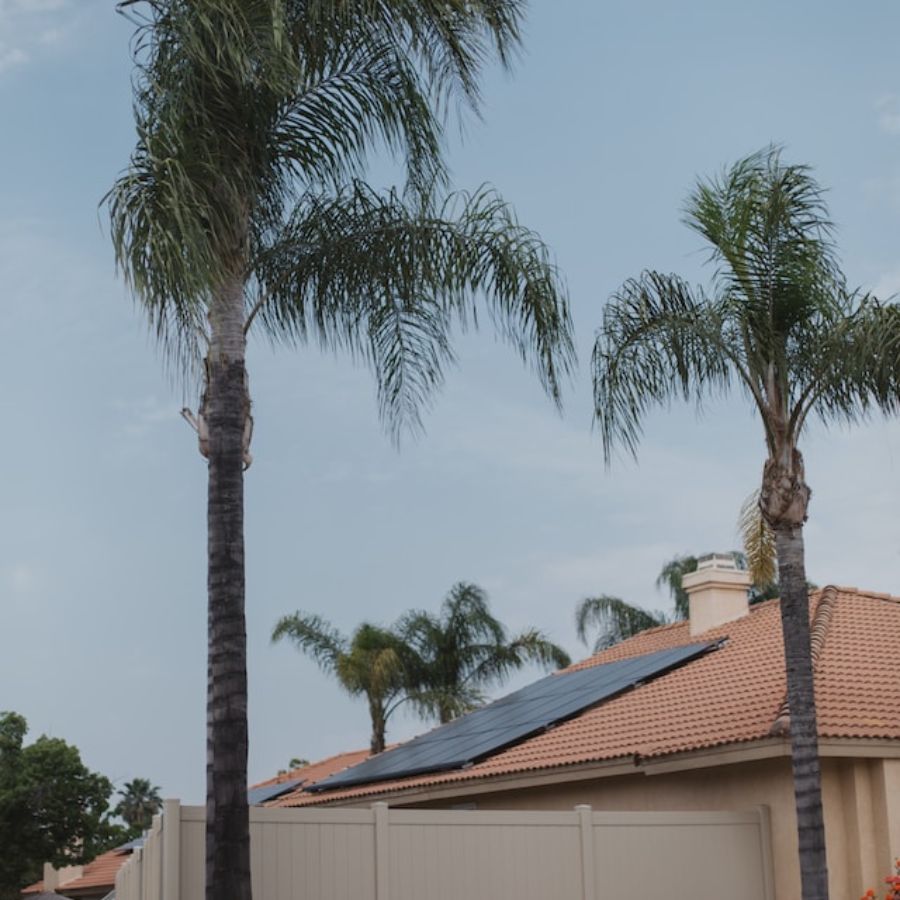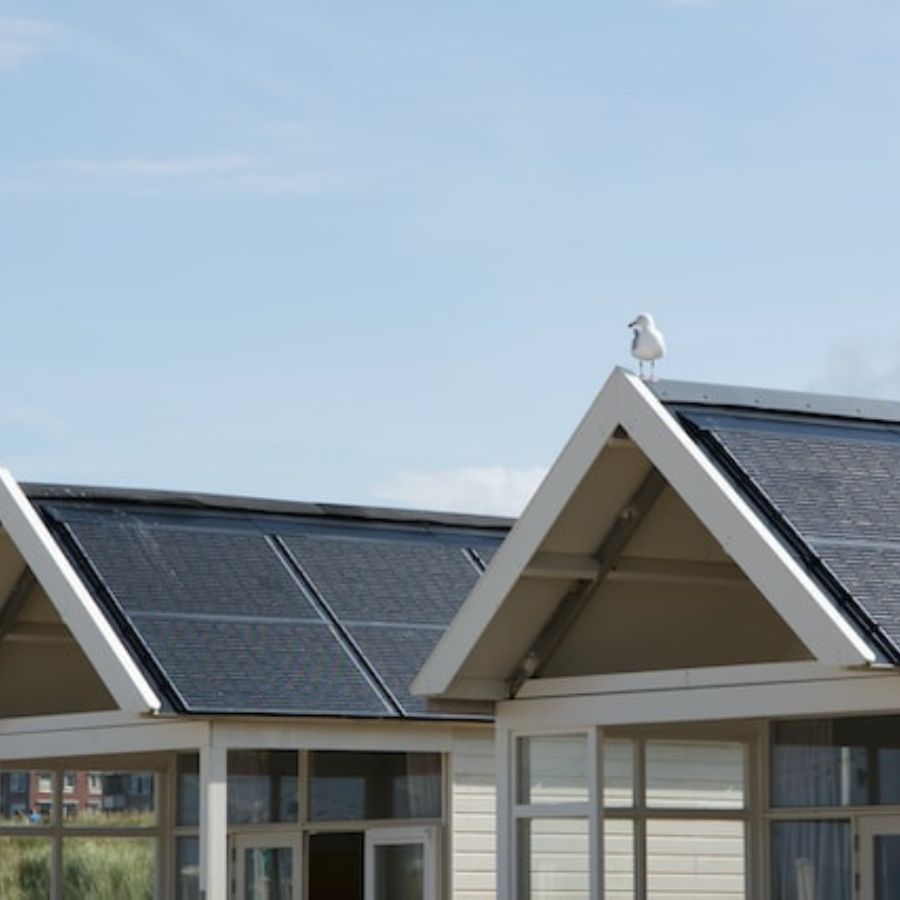Many individuals are turning to solar power as a viable alternative to traditional energy sources. That is because we are in an era marked by a growing emphasis on sustainability and renewable energy in BC. The question is, how many solar panels do I need for 500 kWh per month?
The benefits of many solar panels extend beyond environmental considerations, offering significant cost savings and energy independence.
However, determining the optimal number of PV panels required to generate a specific energy output can be complex. So if you wonder, “How many solar panels do I need for 500 kWh per month?” you’re not alone.
You must evaluate your energy consumption patterns to determine the number of solar panels required accurately. Also, consider a solar panel system’s average daily energy production.
You can make informed decisions by understanding the relationship between solar energy generation and electricity usage. You can decide about the size and scope of your solar array.
In this article, we will explore the factors that influence the number of solar panels needed to achieve an energy output of 500 kWh per month. We will delve into the intricacies of solar power systems, discussing solar system size, energy usage, and solar panel efficiency.
With this knowledge, you can make informed decisions when harnessing the sun’s abundant power for your energy needs. Let’s get started.
How to Calculate the Size of Your Solar Energy System?

When determining the size of your solar energy system and how many solar panels you need, there are several crucial factors to consider.
Following these steps, you can accurately calculate the number of solar panels needed to generate 500 kWh monthly.
Determine Your Energy Usage
Before diving into solar panel calculations, assessing your energy usage is essential. First, review your electricity bills from the past year to understand how much energy you consume monthly.
Please take note of the average kWh (kilowatt-hour) usage per month. It will be a benchmark for your PV system size calculation, as it is standard for many solar panels.
Solar Hours Per Day
The energy generation capacity of many solar panels varies based on your location.
Different regions receive varying levels of sunlight throughout the year. So naturally, that affects the overall efficiency of your solar PV system, as many solar panels offer various outputs.
Research the average daily sunlight hours in your area to estimate the energy output per square meter or square foot of many solar panels.
Calculate the Size of Your Solar System
To calculate the size of your PV system, divide your desired monthly energy output (500 kWh) by the average daily energy production of a solar panel system in your area.
This average daily energy production is in kWh per kW of installed solar panel capacity.
For instance, if your area’s average daily energy production per kW is 4 kWh, you would divide 500 kWh by 4 kWh/kW to obtain the installed solar panel capacity.
In this case, it would be 125 kW.
Figure Out the Number of Solar Panels You Need
To determine the number of solar panels needed for your desired energy output, consider the wattage of the solar panels you plan to install solar panels.
Efficient solar panels typically have a wattage ranging from 250W to 400W. Divide the total installed solar panel capacity (in kW) calculated in the previous step by the wattage of the solar panels to find out how many panels you need.
For example, if you have chosen solar panels with a wattage of 350W and the required installed solar panel capacity is 125 kW. Divide 125 kW by 0.35 kW (350W) to obtain the needed solar panels.
In this case, you would require approximately 357 solar panels.
Remember that these calculations provide an estimate and may be subject to shading, panel orientation, and system losses.
Additionally, if you have limited roof space, consider higher-wattage panels. They help to maximize energy generation within the available area.
By following these steps and conducting thorough research, you can determine the size of your solar energy system. You can also know the number of solar panels needed to achieve your desired energy output.
Remember to consult with solar installation professionals who can provide personalized guidance based on your specific requirements and property characteristics.
With an accurately sized solar panel array, you can harness the power of solar energy. As a result, it helps to reduce your electricity bill and contribute to a more sustainable future.
Considerations for Optimal Solar System Sizing

While the calculations outlined above serve as a starting point, it’s essential to consider additional factors to optimize the sizing of your PV system.
These considerations include:
Energy Efficiency
Before investing in a PV system, consider implementing energy-efficient practices and technologies to reduce energy consumption.
It can include upgrading to energy-efficient appliances, improving insulation, and optimizing your home’s energy usage habits.
Reducing your energy needs can lower your PV system’s size and solar panels cost.
Available Roof Space
The physical space on your roof will determine the maximum number of solar panels you can install.
If you have limited roof space, choosing high-efficiency solar panels with a higher wattage is essential. That is because it maximizes energy generation within the available area.
Many high-efficiency solar panels can produce more electricity per square foot. That allows you to generate more energy even with a limited roof space.
Panel Orientation and Tilt
Most solar panels’ orientation and tilt angle can significantly impact their energy production.
South-facing panels with an optimal tilt angle that maximizes sun exposure throughout the day generate the most solar energy.
Solar professionals can suggest alternative mounting options, such as tilt brackets or tracking systems. They improve energy capture if your roof does not have an ideal orientation or tilt.
Shading and Obstructions
Shading from trees, nearby buildings, or other obstructions can reduce the efficiency of your solar panels.
Assessing your property for potential shading issues throughout the day is crucial. That is because even partial shading can significantly impact energy production.
If shading is unavoidable, consider micro-inverters or power optimizers to mitigate the impact on the overall system performance.
System Losses
Solar systems experience various losses, including wiring losses, inverter losses, and soiling losses (dirt or dust accumulation on the panels).
These losses can reduce the overall energy production of your system. Therefore, when calculating the size of your PV system, it’s advisable to include a buffer or factor in system losses to ensure that your system can meet your desired energy output.
Future Energy Needs
It’s essential to consider your future energy needs when sizing your PV system and the number of solar panels you need.
If you anticipate changes in your household’s energy consumption, such as adding new appliances or expanding your living space, it’s recommendable to account for these potential increases in energy usage.
This way, your solar installation can accommodate your evolving energy needs without requiring significant modifications in the future.
Finally, accurately calculating the size of your solar energy system is essential for maximizing energy production and meeting your energy requirements.
Remember to consult with solar professionals to ensure an accurate assessment and to receive expert guidance tailored to your specific circumstances.
With a properly sized solar mechanism, you can harness the sun’s power and enjoy the benefits of renewable energy. Moreover, you can do that while reducing your reliance on the grid and contributing to a greener future.
Bottom Line
In conclusion, calculating the size of your solar system is crucial for maximizing solar energy production and meeting your electricity needs. By assessing your energy usage and understanding solar hours per day, you can estimate the number of solar panels required.
Considering the solar panel wattage and the average solar energy production per panel, you can determine the installed capacity needed for your system. These calculations help you optimize your solar array to generate sufficient energy to offset your kWh per month.
It’s important to remember that the actual solar energy production may vary due to factors such as panel efficiency and environmental conditions. Consulting with solar professionals can provide personalized guidance and ensure accurate system sizing for optimal solar energy production.
Frequently Asked Questions
How Many Solar Panels Do You Need for Common Appliances?
The number of solar panels needed to power everyday appliances depends on the electricity consumption of each instrument and your overall energy needs.
To determine the number of panels required, calculate the power rating of each appliance in kilowatts (kW) and estimate its kWh per day usage. That will let you find out how much electricity is required.
Sum up the daily energy consumption of all appliances to assess your total energy needs. Then, consider the average energy production per solar panel. Also, divide your total daily energy consumption by this value to estimate the number of panels needed for your solar power system.
Remember that panel efficiency and other factors can affect the required panels. Therefore, consulting with a solar professional is recommended for accurate sizing and system design.
What Is the Effect of Home Size on the Number of Solar Panels You Need?
The number of solar panels you need for your home depends on its size. Larger homes tend to consume more energy, so they will require a more significant number of solar panels to meet their electricity needs. Therefore, if you are still wondering home many solar panels you need, keep reading. The size of your solar array is typically measured in kilowatts (kW), while energy consumption is in kilowatt-hours (kWh).
By estimating your home’s energy consumption and the average sunlight hours in your area, you can calculate the approximate number of solar panels needed for the solar system. Factors such as available roof space, shading, and panel efficiency also influence the number of solar panels required to install a solar panel array.


Leave a Reply